There can be your advertisement
300x150
Lighting in Apartment: 6 Scenarios for Different Rooms
What should the lighting in an apartment be like, and can you give a universal tip to someone planning a renovation? One thing is certain — there should be plenty of light. When choosing and placing lighting fixtures, you are like an artist adding the final touches to your home's decoration. Bold strokes, muted pastels, or soft light shadows — various lighting techniques can be used in each room to achieve the desired result. In this article, we will tell you which ones.
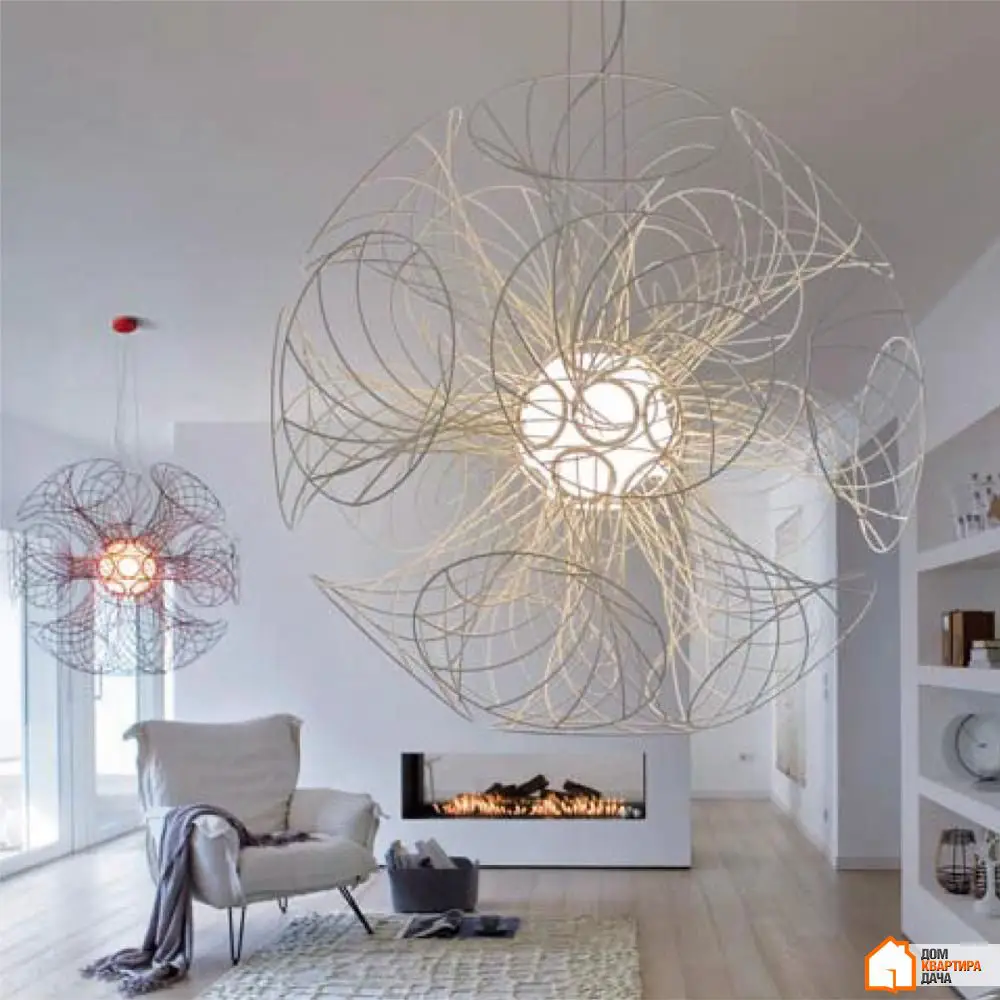
1. Living Room
Layering is a technique that perfectly solves the lighting needs in a living room. Top light creates an overall impression, light at eye level defines style, highlights zones, and sets accents; bottom light is the base on which the entire composition rests. To control this symphony of light, you must definitely install dimmers that regulate the brightness of each lighting layer.
Thus, the lower base in a reading and relaxation area will be a floor lamp, with medium layers being dedicated reading lamps or wall sconces. Here, at eye level, bookshelves can be placed that will sound much more interesting in a duet with spot lighting. With top lighting, the key is not to overdo it — it's not always appropriate. Overly bright lighting creates a 'dressing room' effect — highlighting the smallest flaws and dehumanizing space, giving it a purely utilitarian purpose.
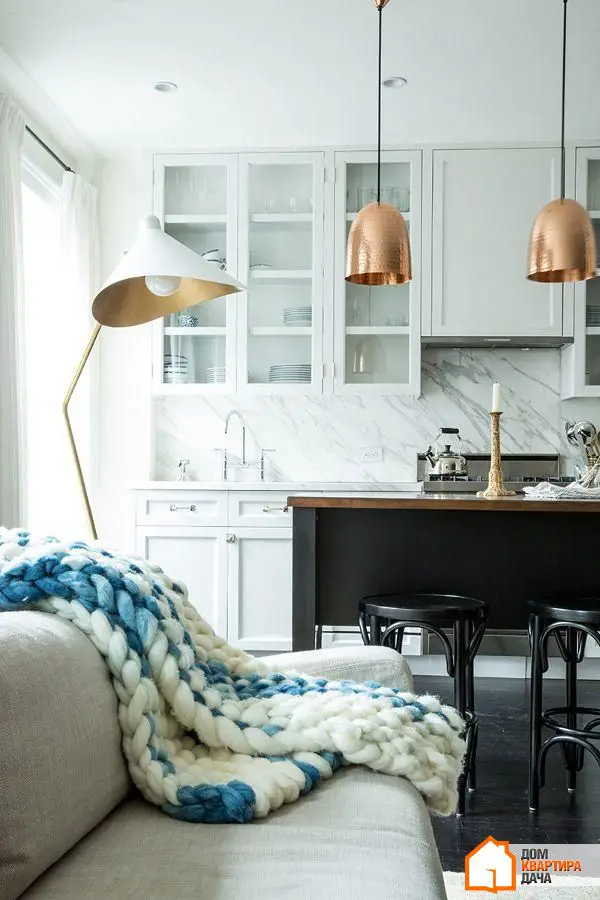
2. Dining Room
Generally, the main lighting in a dining room is ceiling fixtures. One common or several above the table — it's important that light from such bulbs is subdued and doesn't create sharp shadows. Again, don't forget about dimmers.
Lighting minimalism in the dining room can be softened with wall sconces or cabinet backlighting. Those who appreciate comfort and home atmosphere, of course, prefer candles. If you have children and are concerned about safety, use LED candles made from natural wax with a natural flame.
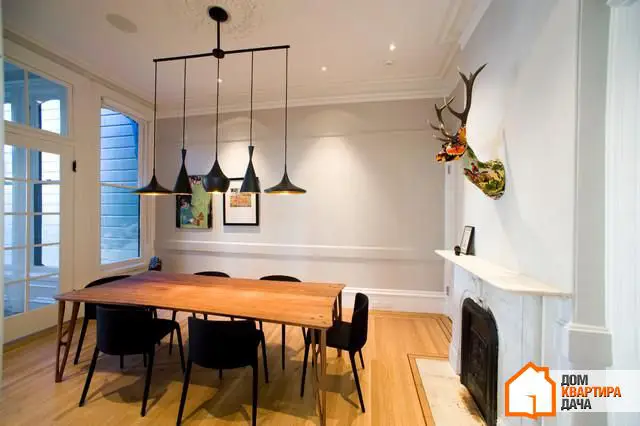
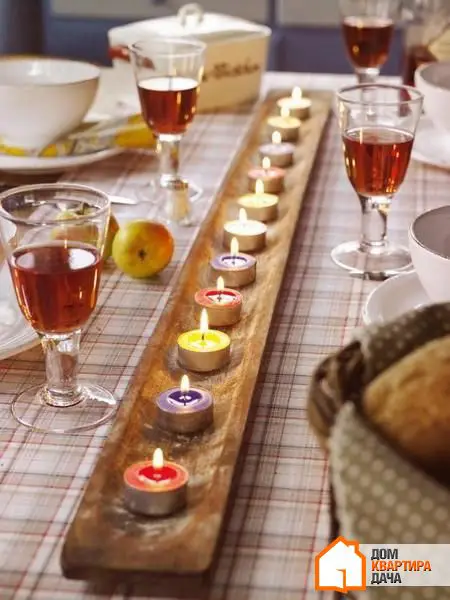
3. Kitchen
On the kitchen, as in the living room, the layering technique works well. Under-cabinet lighting, a separate lamp above the breakfast table. It looks great with backlighting of kitchen cabinets with glass doors. A separate light fixture can be installed in the range hood above the stove.
The main rule of the kitchen is convenience and safety. If you use multiple light sources, switches must be placed at a comfortable height and protected from moisture.

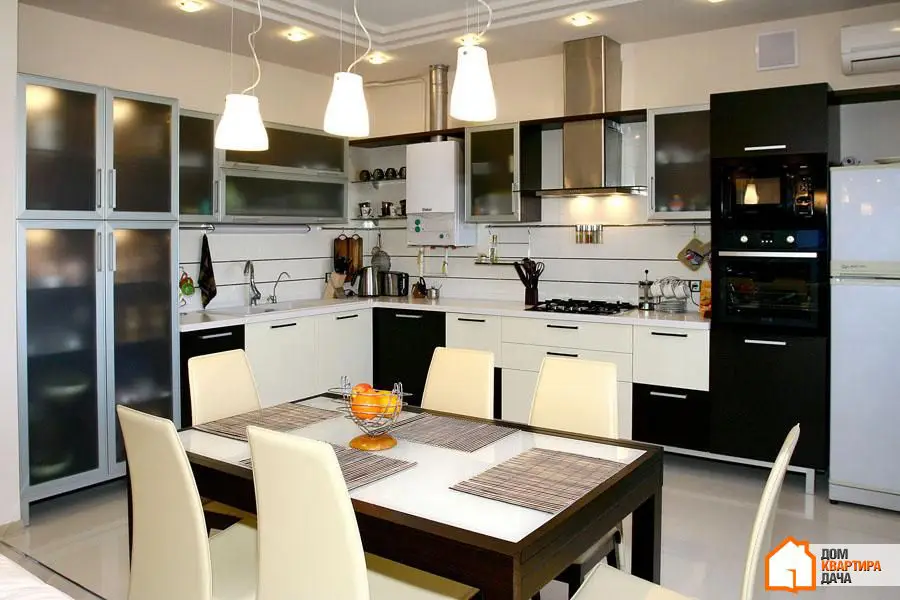
4. Bedroom
A bedroom does not need bright lighting. Main accents are bedside lamps, reading lights, and floor lamps. Such subdued lighting invites rest and relaxation. It's better if the lampshades are made of fabric that softly scatters light (linen, silk). Reading lights can be installed on bedside tables or attached to the headboard. Of course, dimmers are also useful in a bedroom.
If one family member likes to read before sleep, while another falls asleep as soon as their head hits the pillow, use spotlights with focused light that creates a soft ambient glow only above the reader.


5. Bathroom
Again, layers. Recessed lights are the ideal solution for top lighting, wall sconces are the best companions to mirrors. Lamps with shades provide softer illumination without harsh shadows. It's important to plan the bathroom lighting in advance to hide wires in walls and protect all electrical components from possible moisture. Remember that bathrooms require special outlets with protection. Switches should also be isolated from splashes and steam.
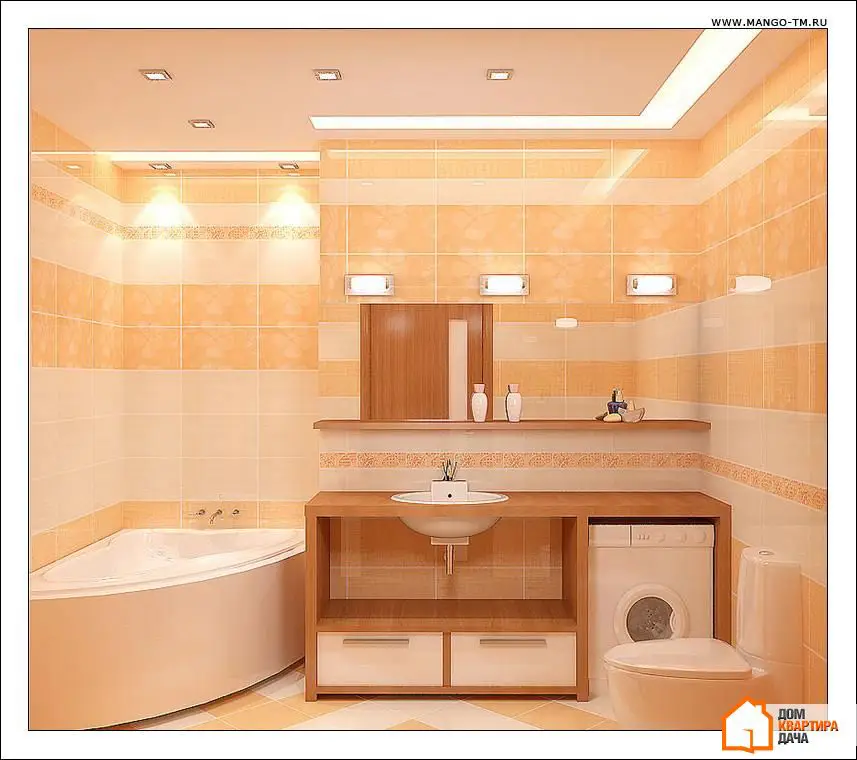
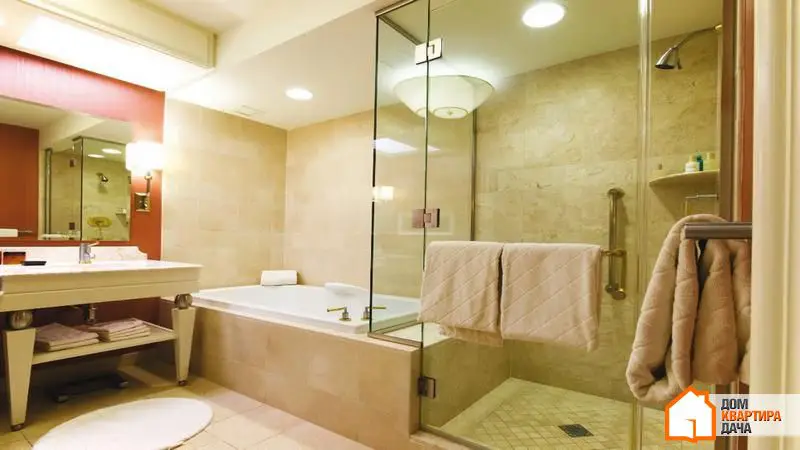
6. Closet
Lighting in the closet should be carefully planned: enough bright top light, mirror backlighting, and internal cabinet lighting for ties and undergarments. The main rule of the closet is that more light is never too much.
If you don't have a separate closet and the storage function is performed by, for example, wardrobes, use internal lighting that turns on automatically when the doors open. This is very convenient, especially in winter when it's still dark in the mornings and you don't want to wake other family members with bright light.
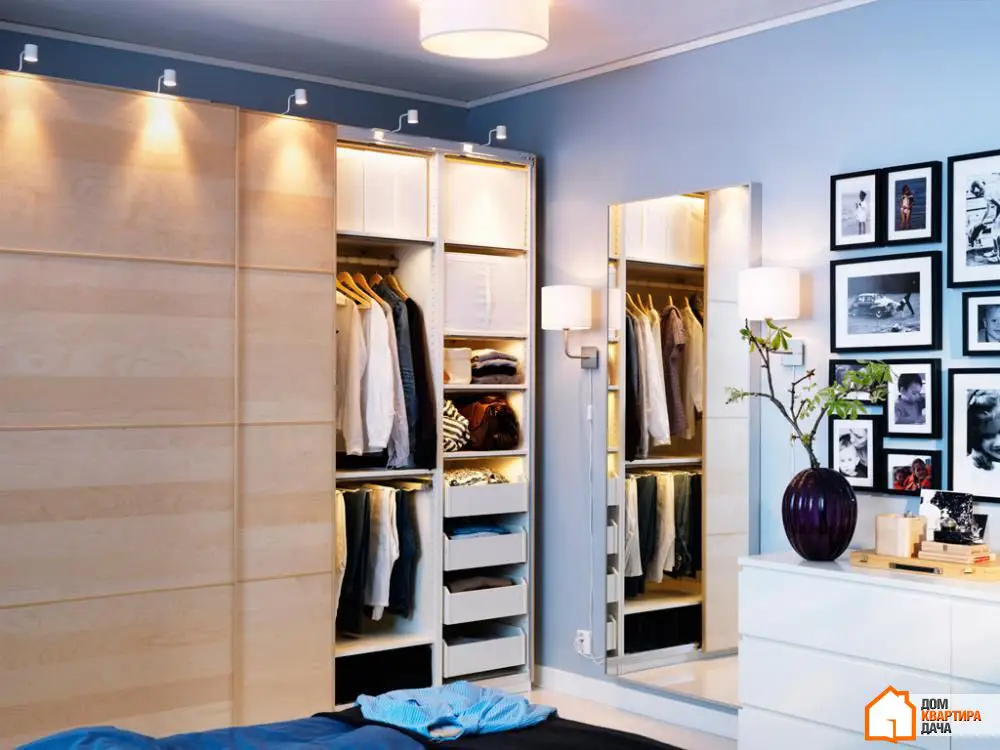

More articles:
 Leather in Interior Design: 5 Tips and 30 Examples of Home Decoration
Leather in Interior Design: 5 Tips and 30 Examples of Home Decoration How to Organize Storage in a Small Entryway: 7 Effective Ideas
How to Organize Storage in a Small Entryway: 7 Effective Ideas Detail in Interior: Freestanding Ladder. 3 Ideas, 21 Examples
Detail in Interior: Freestanding Ladder. 3 Ideas, 21 Examples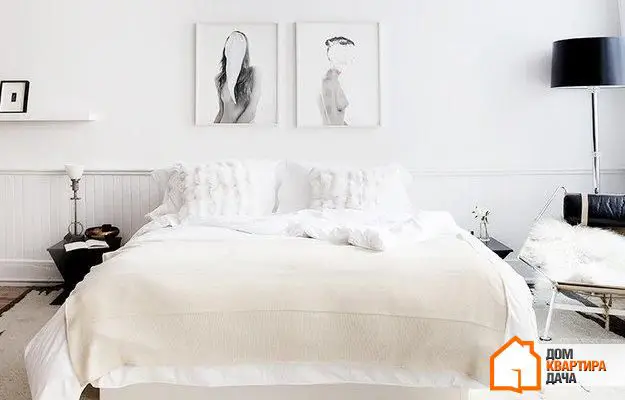 5 Tips to Make a White Bedroom Perfect
5 Tips to Make a White Bedroom Perfect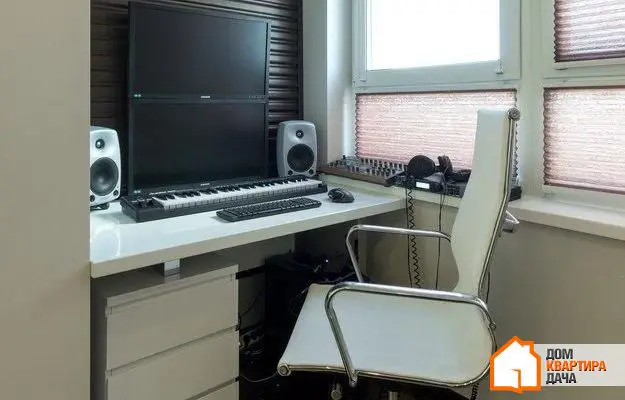 Balcony of the Week: Mini-Office in a Glassed-In Balcony
Balcony of the Week: Mini-Office in a Glassed-In Balcony How to Insulate a House: 10 Simple Tips
How to Insulate a House: 10 Simple Tips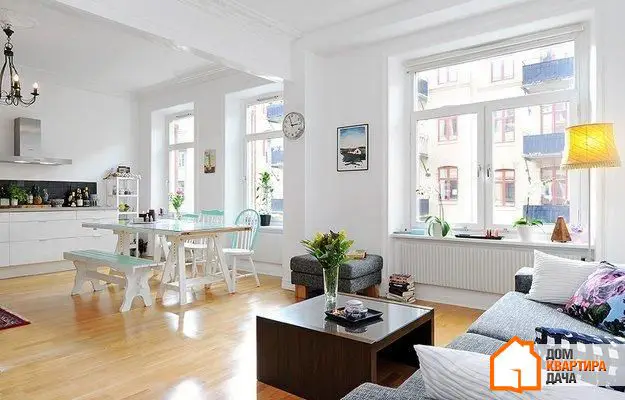 5 Things You Should Not Cut Corners On During Studio Apartment Renovation
5 Things You Should Not Cut Corners On During Studio Apartment Renovation 12 Built-In Refrigerators – Must-Have in Modern Kitchens
12 Built-In Refrigerators – Must-Have in Modern Kitchens